Køge Marina
Marina near Køge
Latitude
55° 28’ 16.9” NLongitude
12° 11’ 59.9” EDescription
Attention:
Construction work will take place in the northern harbor basin from
April 24 - June 5, 2024.
Modern marina facility just north of the industrial area of the city of Køge.
NV Cruising Guide
Navigation
Harbour entry is unproblematic day and night. From the approach to the commercial port (WP 452), you steer at 290° and later 260° into the lighted entrance to Køge Marina. During the day, a radio mast serves as a guide.
Berths
Guest boats are moored in free spaces at a water depth of 2.5 - 3m as instructed by the harbour master. The commercial harbor approx. 1 nm south of the marina is closed to pleasure craft.
Surroundings
Good supply options in the center of Køge, 2 km away. At the marina itself, in addition to the usual facilities of a good marina, there is also fuel and a ship chandlery.
NV Land Guide
Køge has two faces, the industrial and the traditional. While the large industrial facilities around the town are not particularly inviting, the old town attracts visitors. Among the many pretty half-timbered houses from the 16th and 17th centuries is Denmark's oldest precisely dated half-timbered house in Kirkestræde. It was built in 1527. The date is carved into the beam above the door in Roman numerals.
With its old buildings, Kirkestræde is considered the epitome of a town idyll of times gone by. The blacksmith's yard at Kirkestræde 13 and the Oluf Sandersen Gatehouse are just two relics of days gone by. In front of the entrance door to the blacksmith's yard there are two stones, the only ones in Denmark that are still in their original place. A few similar stones still stand in front of the "Schifferhaus" in Lübeck. Køge's side stones carry two benches and you can vividly imagine how the inhabitants of the houses sat here in the 16th and 17th centuries and took part in life in the street. The gatehouse at Kirkestræde 3 was built in 1638 by the Sandersen couple. The gate is supported by a huge iron fitting. The couple's names are still inscribed above the gate in the old Scandinavian spelling. The name suffix "Son" or "Dotter" means nothing other than "the son of" or "the daughter of". This is why most Scandinavian surnames today end with "son". The gate formed the entrance to the butcher's yard, which has been rebuilt in the garden of the Køg Museum.
Køg's St. Nicholas Church is one of the most richly decorated town churches in Denmark; the pulpit in particular is one of the most beautiful works of Danish church art. For several centuries, the church tower served as a sea mark. A lantern was mounted on its east side, which could still be seen far out at sea. The tower still houses a moon phase clock from 1589 and parts of the clockwork date back to 1828. The Køge Museum has been housed in Nørregade 4 in a 17th century half-timbered house since 1909. The double courtyard was the seat of the city's Bosniak squadron, which was equipped according to the Turkish model. Traditional costumes, old tools and old furniture are on display in the museum's 30 rooms. The butcher's yard, which was moved from the market to the museum garden, dates back to around 1500.
Køge's market, which covers almost 10,000 square meters, was already located here in the Middle Ages. Until well into the last century, the square was home to the Kagen, a pole to which criminals and lepers were tied, making them the laughing stock of the town. The alleged witches were also burned here (see below).
A silver treasure consisting of 322 coins and weighing nine kilograms was found in the cellar of the house at Torvet 2 (market square). Some of the coins can be seen in the Köge Museum. Even more extensive is the museum find that was discovered in 1987 in "Langkildes Gaard" in Brogade 17. Weighing 35 kilograms and containing 1200 coins, it is considered the largest silver treasure in Denmark. The site where the treasure was found is open to the public. Visitors are informed in detail about the circumstances of the find. The long half-timbered house Richters Hof in Vestergade 16, built in 1644, is probably the best preserved Renaissance building in the city. This is where the peasant girls and boys used to meet to dance.
Under Køge's surface are a number of cellars dating back to the Middle Ages. The tourist association even offers guided tours of the cellars during the season. If you visit the cellar at Bogade 19, which is furnished as a wine bar, you can get an impression of what the late medieval vaults looked like.
In the backyard workshop at Vestgade 5, you have the opportunity to watch a goldsmith at work. However, you should make an appointment in advance.
Changing exhibitions take place in the "Køge Galleriet", in an old granary at Bogade 7. The more than 100-year-old Ølsemagle mill can be visited every Sunday from 1 pm to 4 pm. Located around eight kilometers northeast of the city center, the mill is now fully functional again after renovation.
The "Køge Mini-By" at Strandvejen 101, south of the industrial port, gives an impression of the cityscape of 150 years ago. In the open workshop of the open-air museum, you can experience how the old houses are gradually created in the model, many of which can still be seen in the original on the city tour.
About one kilometer west of Køge, just on the other side of the ring road, lies Gammel Kjøgegaard (a listed manor house) in a beautiful park on the edge of the wooded ridge Køge Aas. A 24-kilometer-long river meanders along the ridge and through the park. It has its source in Maglebjerg Forest near Ringsted and flows into Køge Bay.
The ridge between Ringsted and Køge, which is up to 47 meters high, was formed during the Ice Age. The publicly accessible private area extends from the aforementioned manor house to Lellinge, 3.5 kilometers away. If you follow the route with the yellow markings through deciduous and coniferous forest, you will come across the final resting place of Nikolai Frederik Severin Grundtvig. The great theologian, poet, historian and founder of folk high schools was buried here on September 2, 1872 at the age of 89. His funeral turned into a demonstration of the views of the man who had been fiercely opposed by the church in his younger years. Despite all opposition, however, the later bishop had succeeded in becoming the spiritual and political leader of a new Christian doctrine with a more human face.
The naval battle of 1677 in Køge Bay is the second historical event for which Køge is known to all Danes. The Danish naval hero Niels Juel inflicted considerable damage on the superior Swedish fleet in the battle, which lasted almost a day. Juel had been waiting off Køge for reinforcements from Dutch warships when the Swedes surprised him. Through quick and skilful maneuvers, he nevertheless turned the tide in favour of the Danish fleet during the battle, much to the delight of King Christian V, who watched the battle from the tower of St. Nicholas Church. The town attracted inglorious attention in the Middle Ages with witch trials and executions. For example, the "witch" Johanne Thoms was tortured into confessing and making accusations against other "witches". The alleged witch was burned at the stake in 1612. Many women suffered the same fate after her.
Køge was located further inland during the Viking Age, at the manor of Gammel Kjøgegaard. The town was founded on the coast due to the abundant herring catches in the Øresund. In 1288, the new Køge received its first town privileges from King Erik Menved. The influence of the North Germans, with whom the people of Køge mainly traded until the end of the 16th century, can still be seen in the townscape today. The Dutch then took their place. Køge was known for its excellent carvers, goldsmiths and glove makers - and for its beer. Today, vacationers appreciate the town's beautiful beaches. To the north of Köge, the sandbank Ølsemagle is surrounded by beach-covered dunes. There are good bus connections from the new marina to the town center. The Renaissance castle of Vallø, seven kilometers south of Køge, set in an impressive English park, is a great destination for a bike tour.
Marina Information
| Max Depth | 3 m |
Contact
| Phone | +45 56 66 16 89 |
| Please enable Javascript to read | |
| Website | https://www.koegemarina.dk |
Surroundings
Electricity
Water
Toilet
Shower
Restaurant
Imbiss
Crane
Atm
Internet
Fuel
Grocery
Boatyard
Ramp
Public Transport
Bikerental
Garbage
Comments
You can add comments with the NV Charts App (Windows - iOS - Android - Mac OSX).
You can download the current version at nvcharts.com/app.
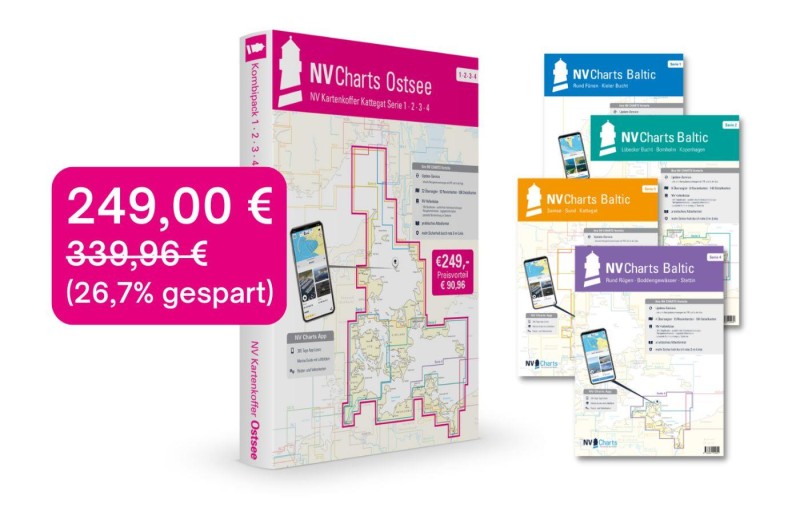
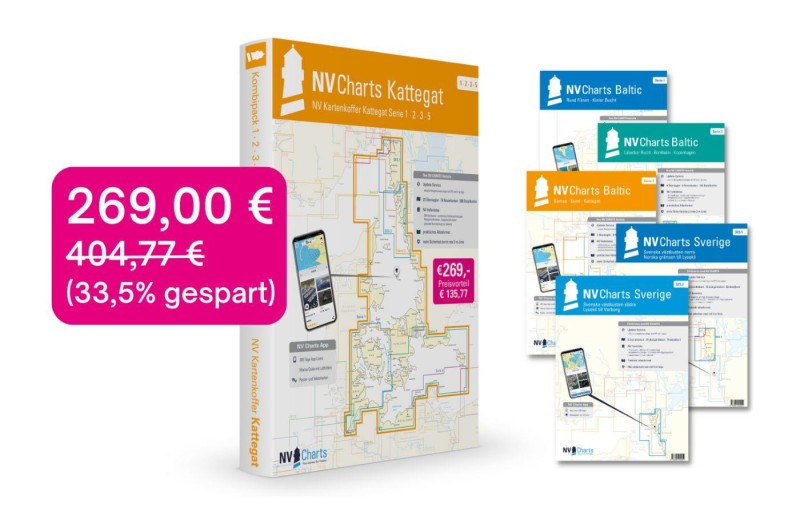
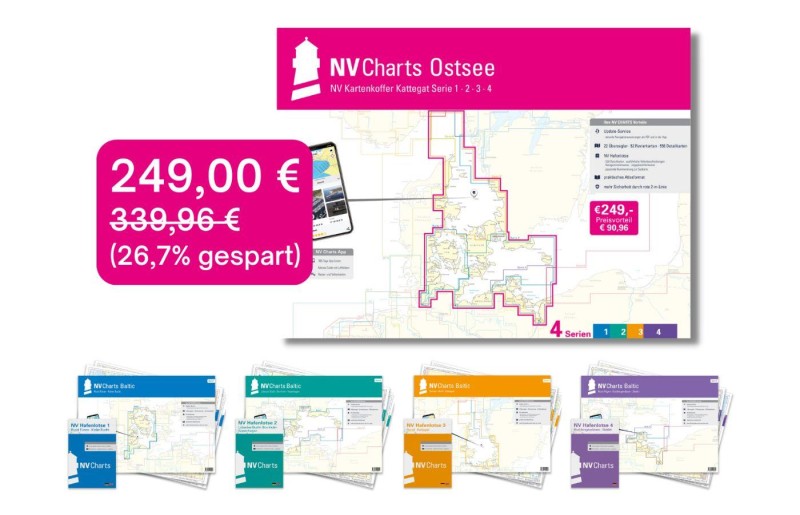
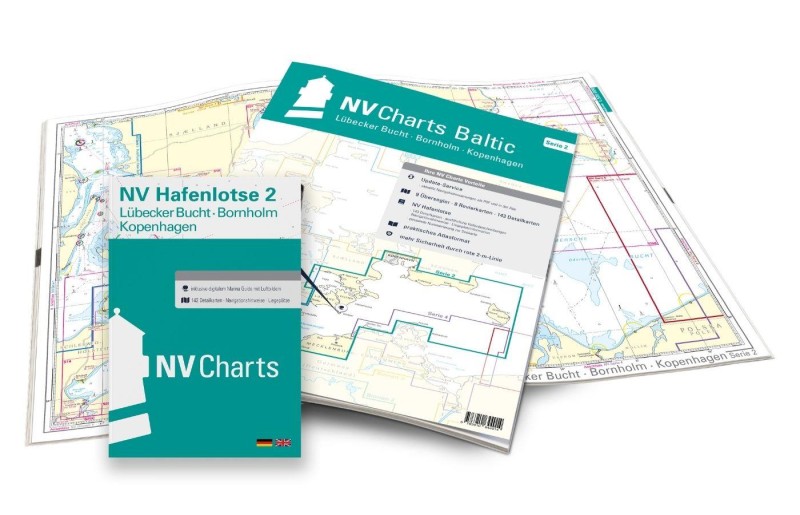
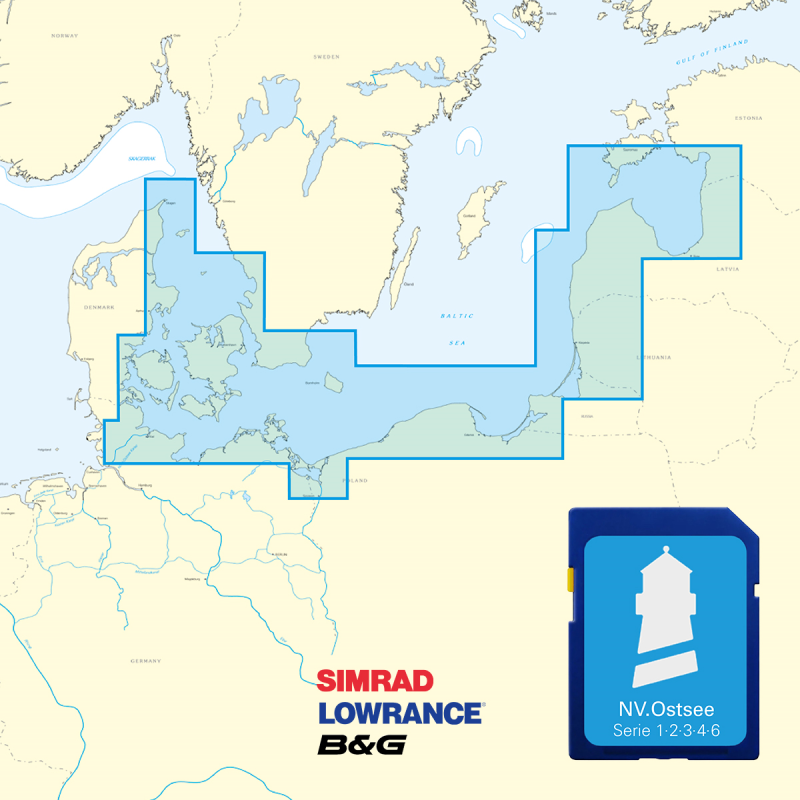
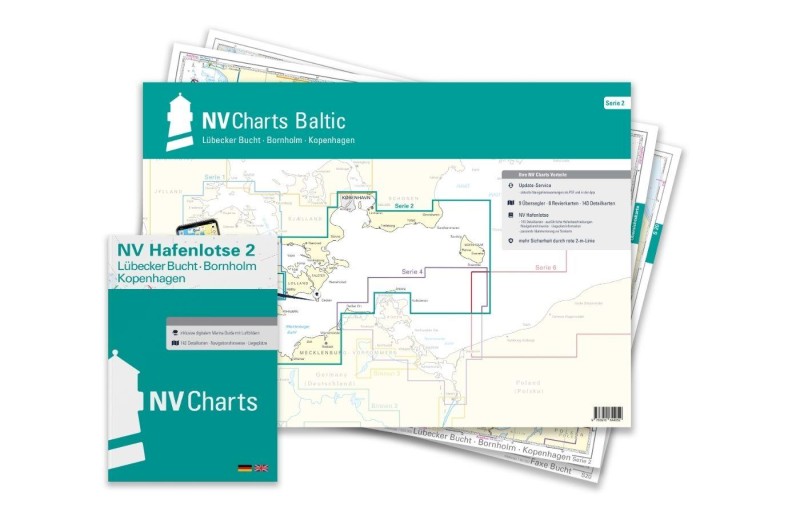
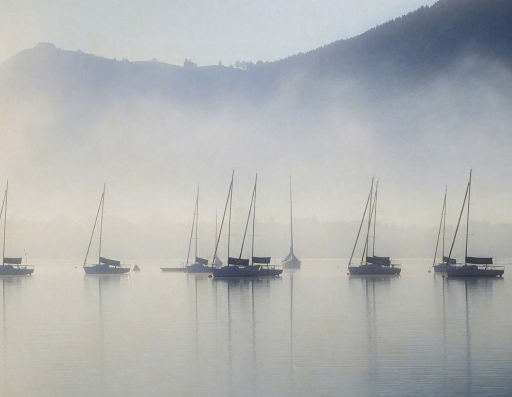
No comments or ratings have been added to this POI.